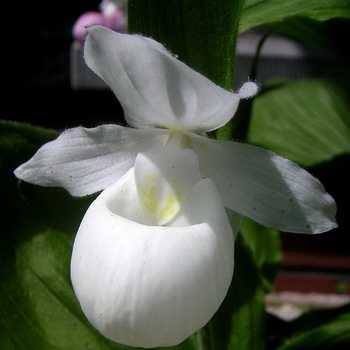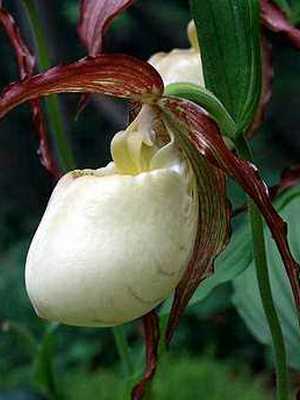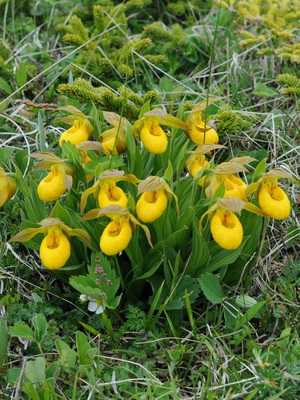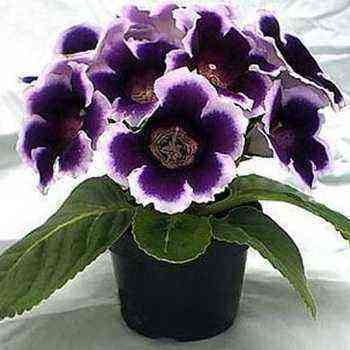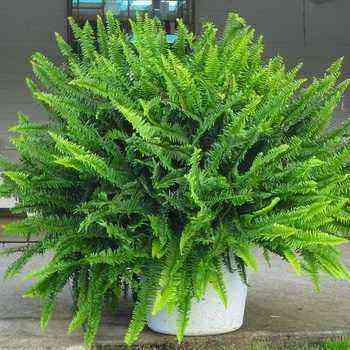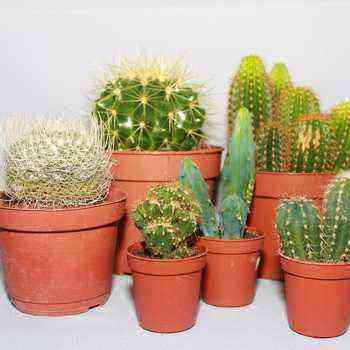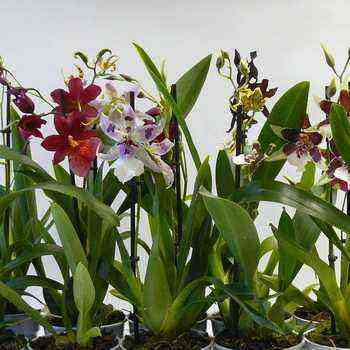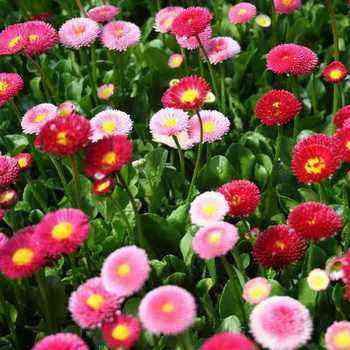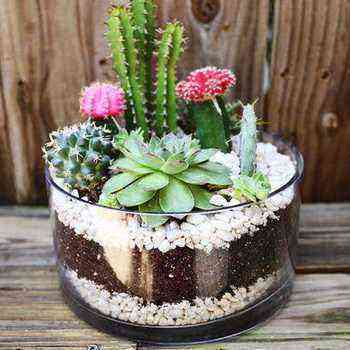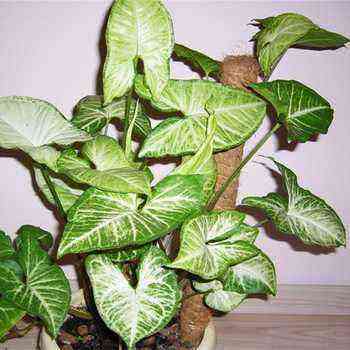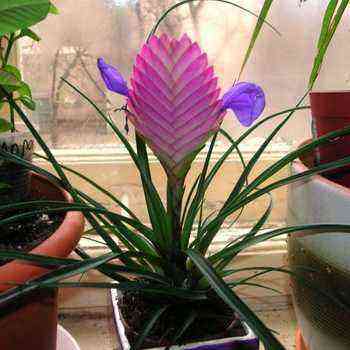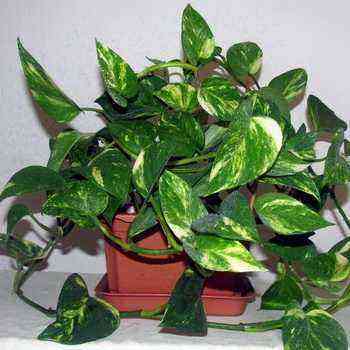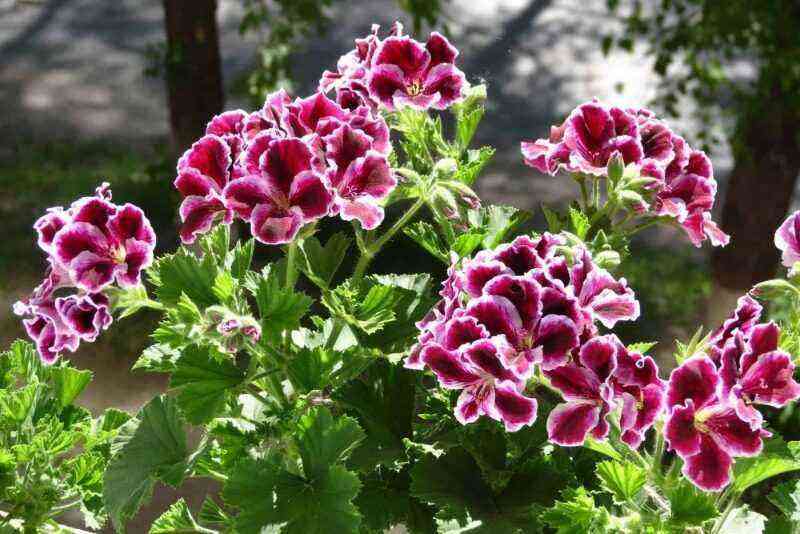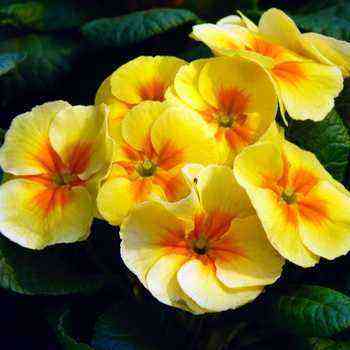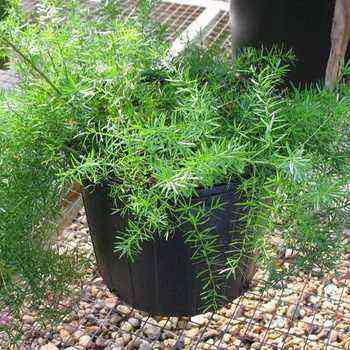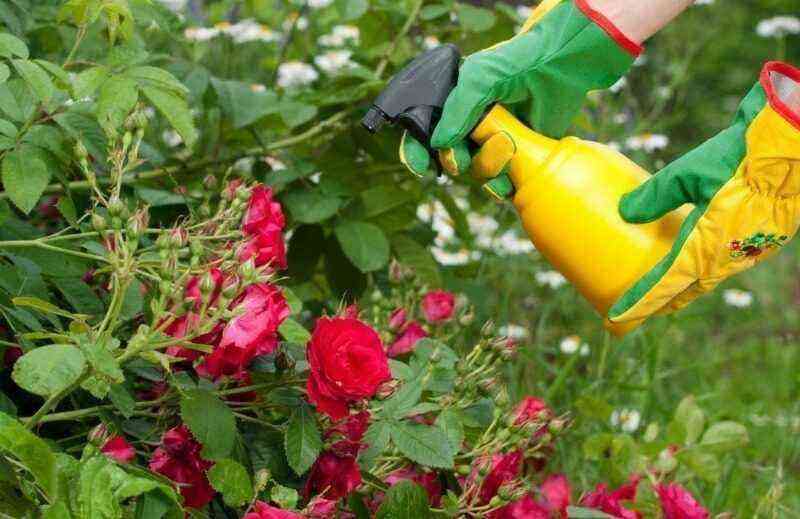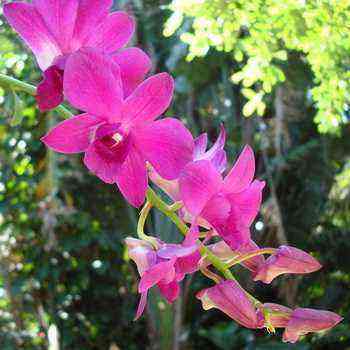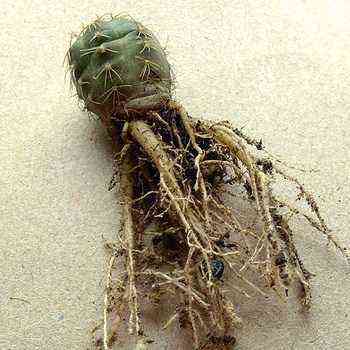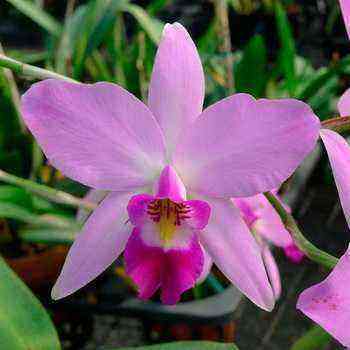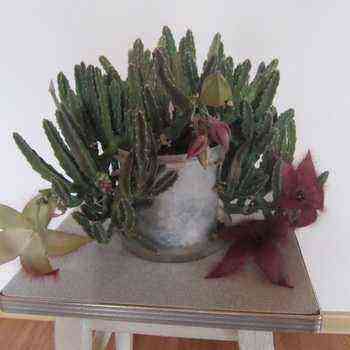Department: angiosperms (Magnoliophyta).
Class: monocotyledons (Monocotyledones).
Procedure: asparagus (Asparagales).
Family: orchids (Orchidaceae).
Sort by: lady’s slipper (Cypripedium).
Type: Formosan slipper (C. formosanum).
The Formosian slipper received such a bizarre name because of its shape, vaguely reminiscent of a small shoe. We bring to your attention some interesting facts about the slipper orchid, a description of the plant and a photo of the slipper flower both in its natural habitat and in gardens.
In nature, the Formosan slipper lives only in the central part of the island of Taiwan, in alpine forests at an altitude of 2400-3000 m above sea level. Does not like the bright sun, it is most often found on the edges in the shade of trees and shrubs.
The lip on the flower of the Formosan shoe serves as a trap for pollinating insects.
In search of food, they climb inside and manage to touch the stamens and pistil, before realizing that there is no nectar, and then carry the pollen to the next plant.
The Formosan slipper is a perennial herb up to 40 cm high. The rhizome is thin, creeping and often branched. The stem is erect, usually slightly pubescent, with a pair of leaves. They are bright green, folded, solid, fan-shaped, up to 11 cm in length and up to 13 cm in width, pubescent on both sides or only outside.
Pay attention to the photo of the flower’s slipper – it is located on a long peduncle and has a very peculiar shape. Tepals are lanceolate, pale pink, less often white, monochromatic or speckled. Garden flower slipper is bisexual, zygomorphic, up to 7 cm in diameter. The rounded saccular lip is slightly brighter, with purple small spots, often merging into stripes; depressed in the middle, has a heart-shaped “window”. The fruit is dry – an oblong box 2,5 cm long.
Application of the orchid slipper
Having woken up from winter sleep, the Formosan slipper unfolds its leaves in March, and blooms in April – May. The plant is pollinated by bees and bumblebees. In autumn, the ripe capsule opens, small seeds spill out and are carried by the wind, sometimes over considerable distances. However, in order to germinate, they need not only to be in moist and loose soil, but also to meet symbiotic fungi, which initially supply the young orchid with nutrients. In addition to seed, the species is characterized by vegetative propagation by segments of rhizomes.
The Formosian slipper is a subtropical plant, but with good care it can also be grown in the open ground of the temperate zone. Covered in leaves and grass, it can withstand frosts down to -20 ° C
The Formosan slipper is one of the most unpretentious species of orchids grown by humans.
Interesting decorative hybrids were bred: stemless shoes (C. acaule), small-flowered (C. parviflorum) and Segawas (C. segawai).
Some members of the genus have medicinal properties. So, preparations of a fluffy shoe (C. pubescens) help with insomnia, menstrual disorders and menopause. Real slippers (C. calceolus), stemless and spotted (C. guttarum) have sedative properties and do not cause side effects. If these plants were not rare, they could be used instead of valerian.
According to legend, the flower grew after the rain in the place where Aphrodite, whom the Romans called Venus, lost her golden shoe. The Latin name of the genus is translated as “Cypriot shoe”: the ancient Greeks believed that it was in Cyprus that the goddess of love was born from sea foam. For most peoples, the alternative name of this plant is also associated with footwear: in England it is called a lady’s shoe, in Russia – the boots of the Mother of God, in Ukraine – cuckoo skewer or Adam’s head.
Japanese botanist Bunzo Hayata, a renowned explorer of Taiwan’s flora, discovered this species for science in 1916. The specific epithet “Formosa” comes from the colonial name of the island – Formosa.
Some scholars consider the Formosan shoe to be a subspecies of the Japanese shoe (C. japonicum). The plants are really very similar, but in the Japanese shoe, the perianth leaves are not pink, but bright green, moreover, the lip is oval and not so swollen.
The main threat to the species is the disturbance of its habitat by humans and the uncontrolled collection of flowers, due to which the plant does not have time to give seeds. The species has taken root well in many botanical gardens. Today, Chinese scientists are developing methods of reproduction of the Formosan shoe in tissue culture in vitro, when dozens of genetically identical descendants-clones are grown in a laboratory on a nutrient medium from a small part of a plant. This will not only help to obtain planting material in a short time for the restoration of natural populations, but will also be of great service to the flower industry.
